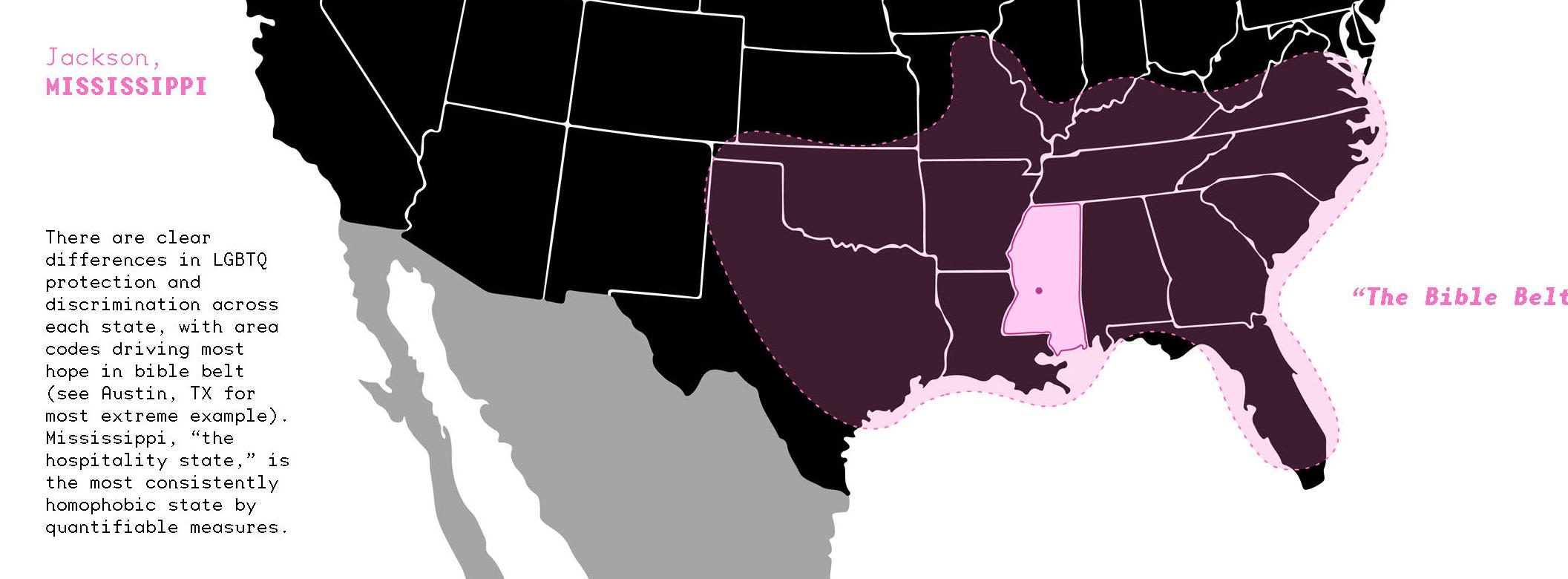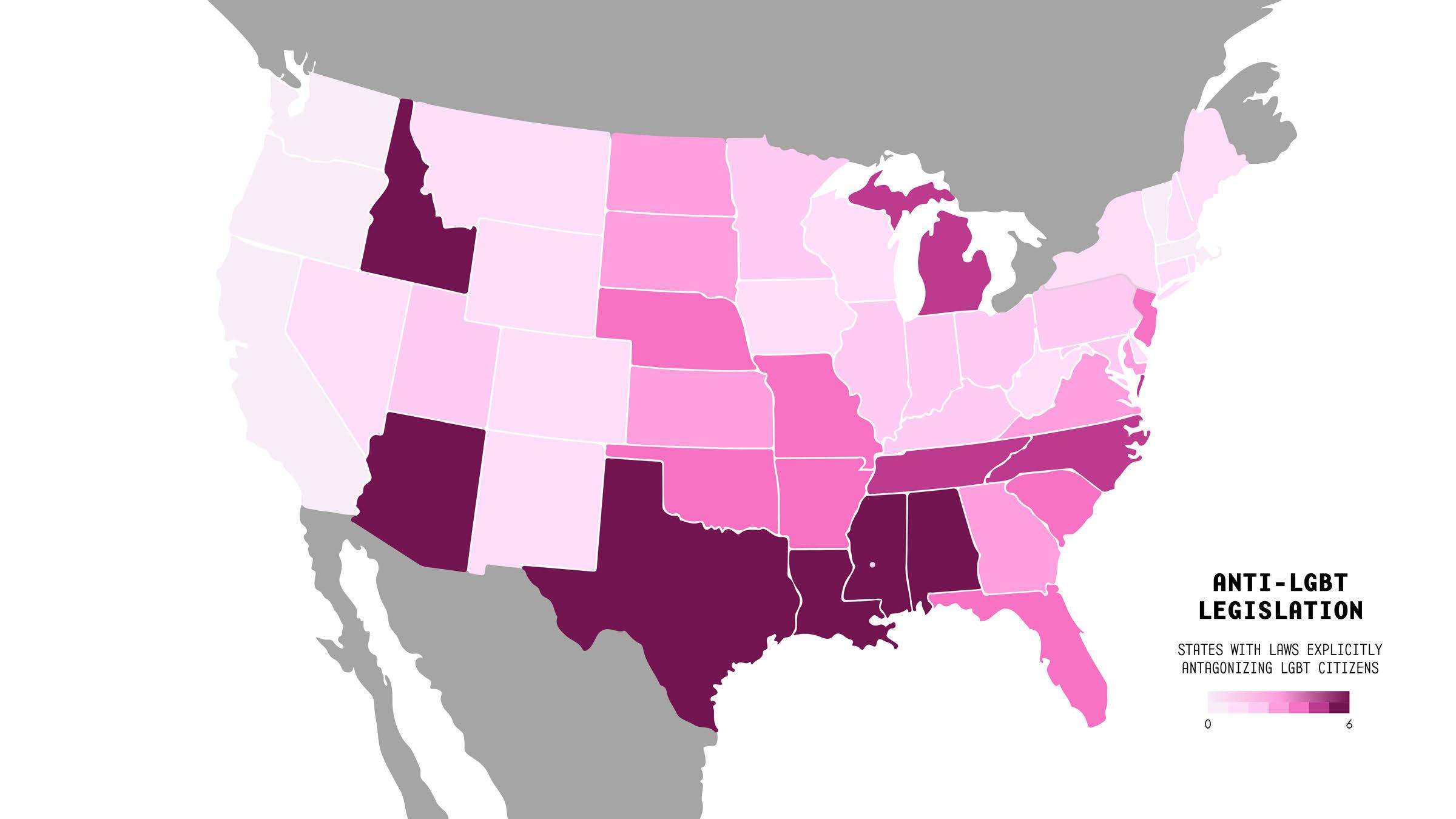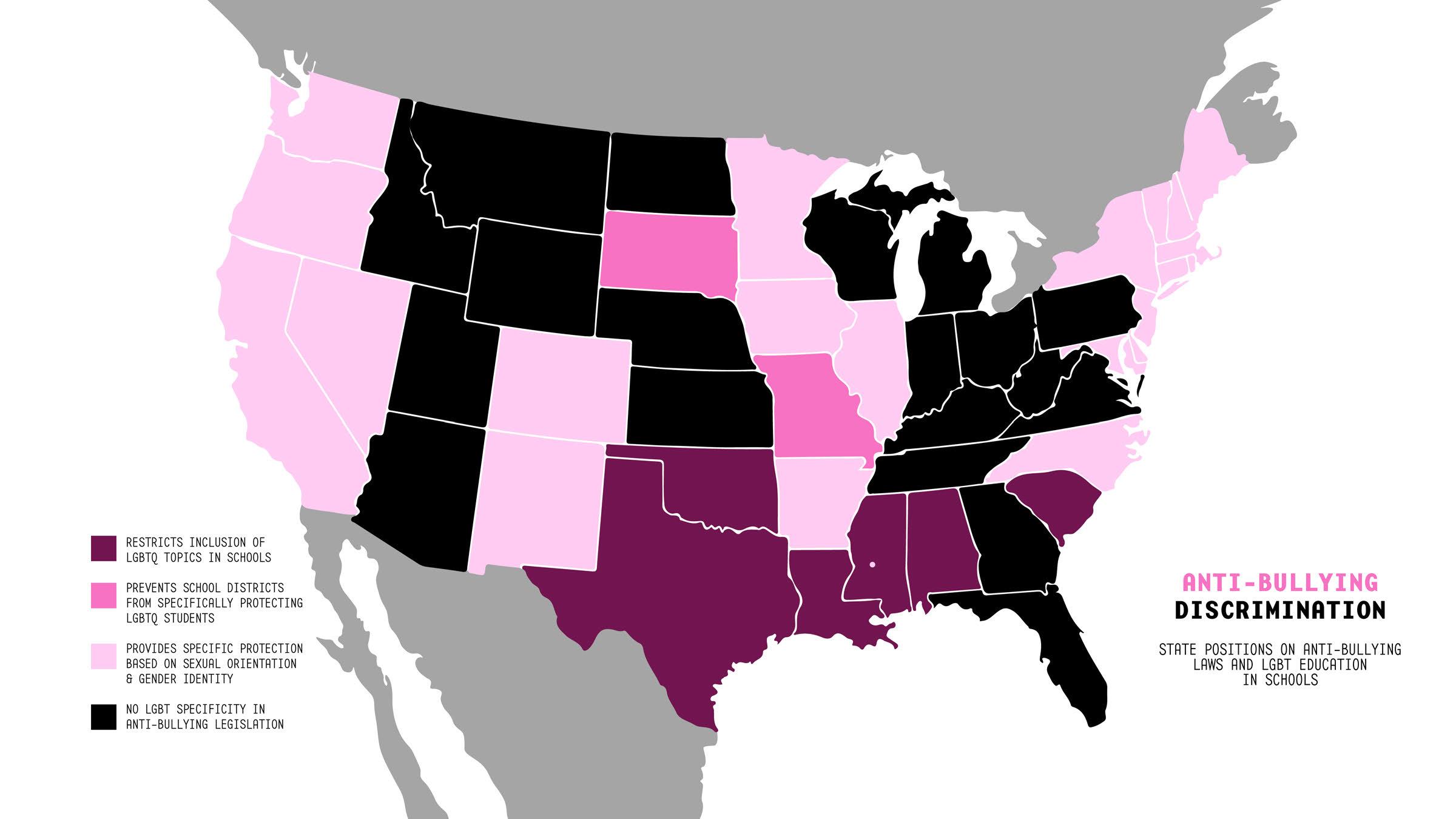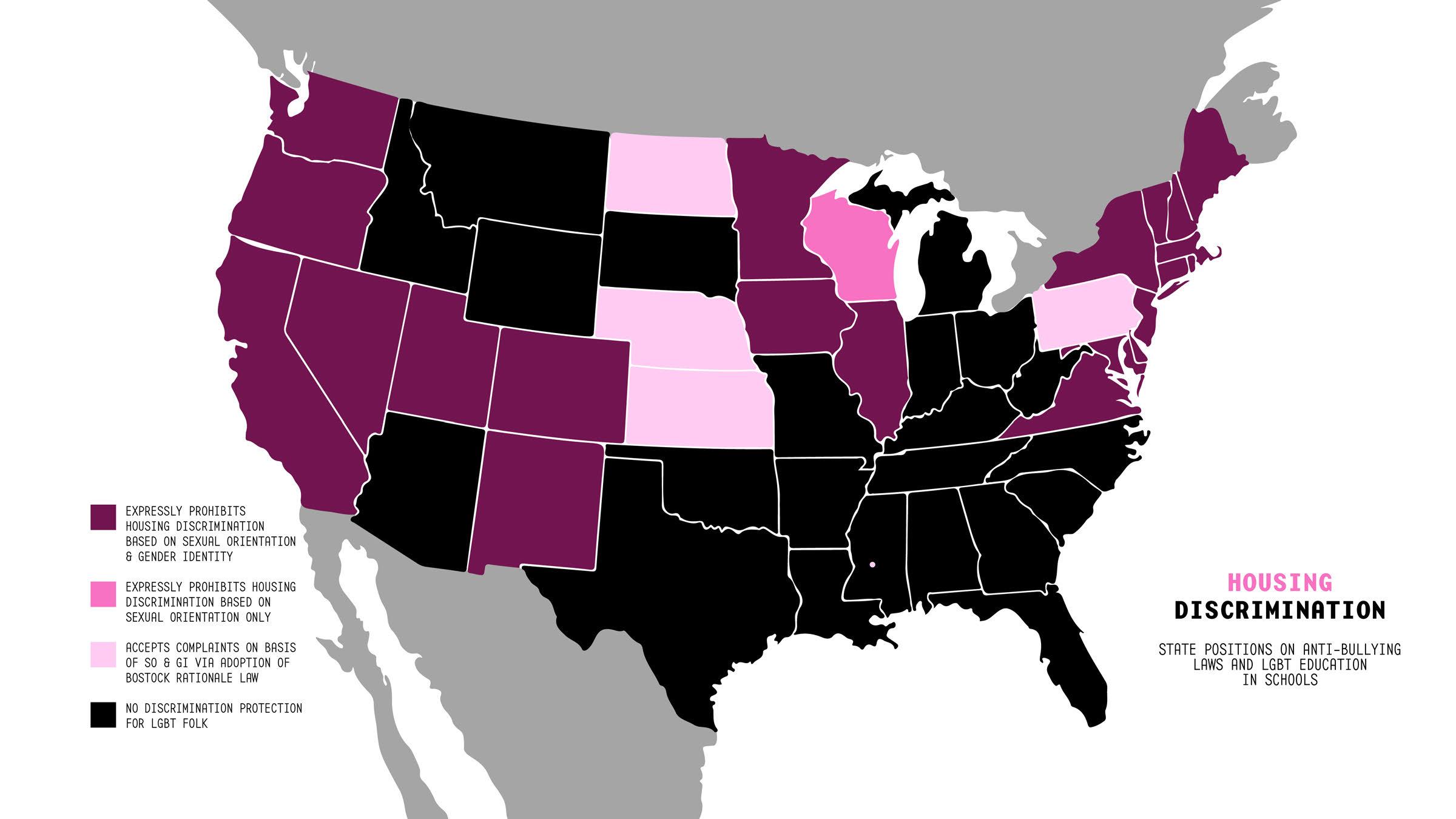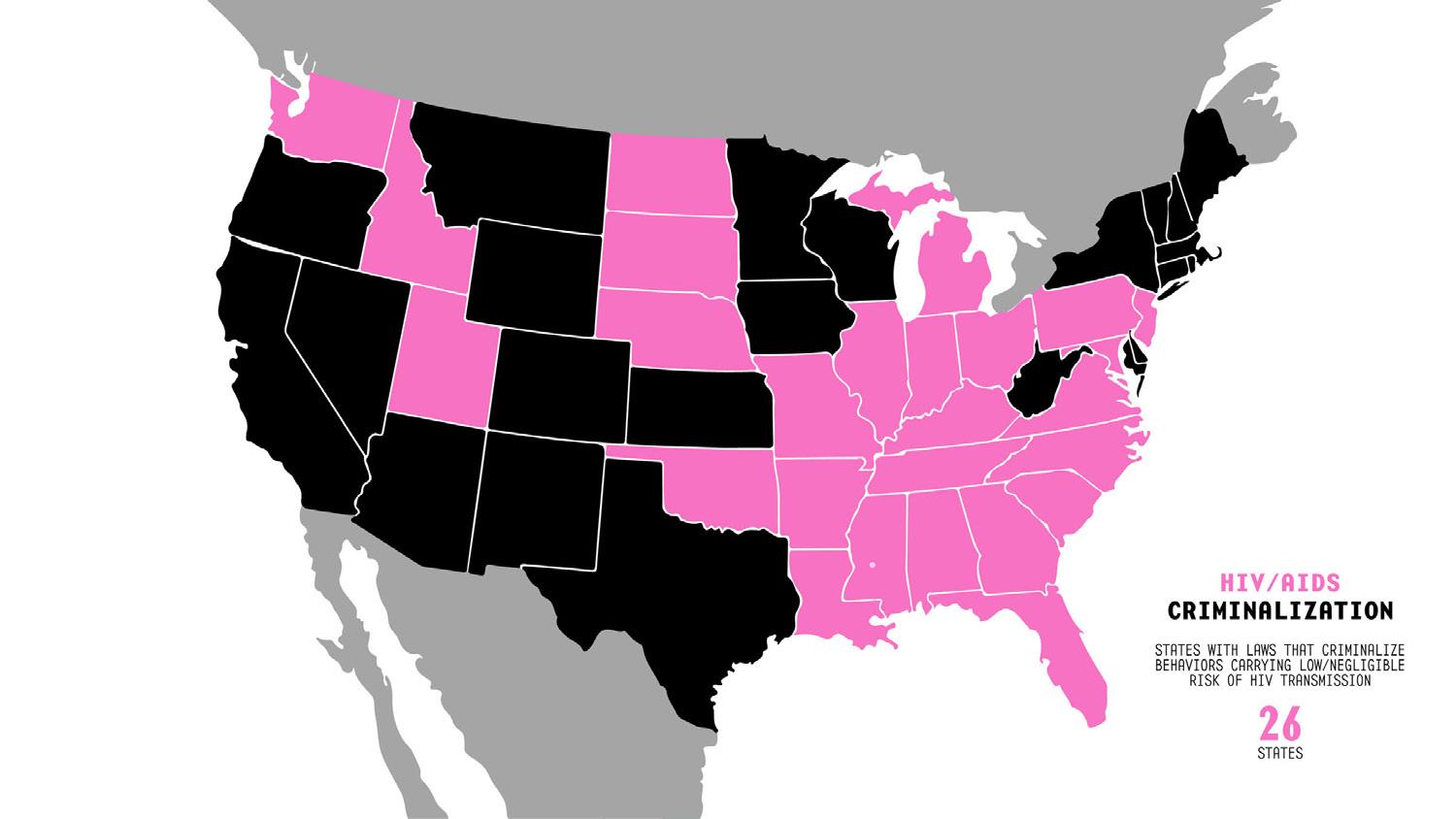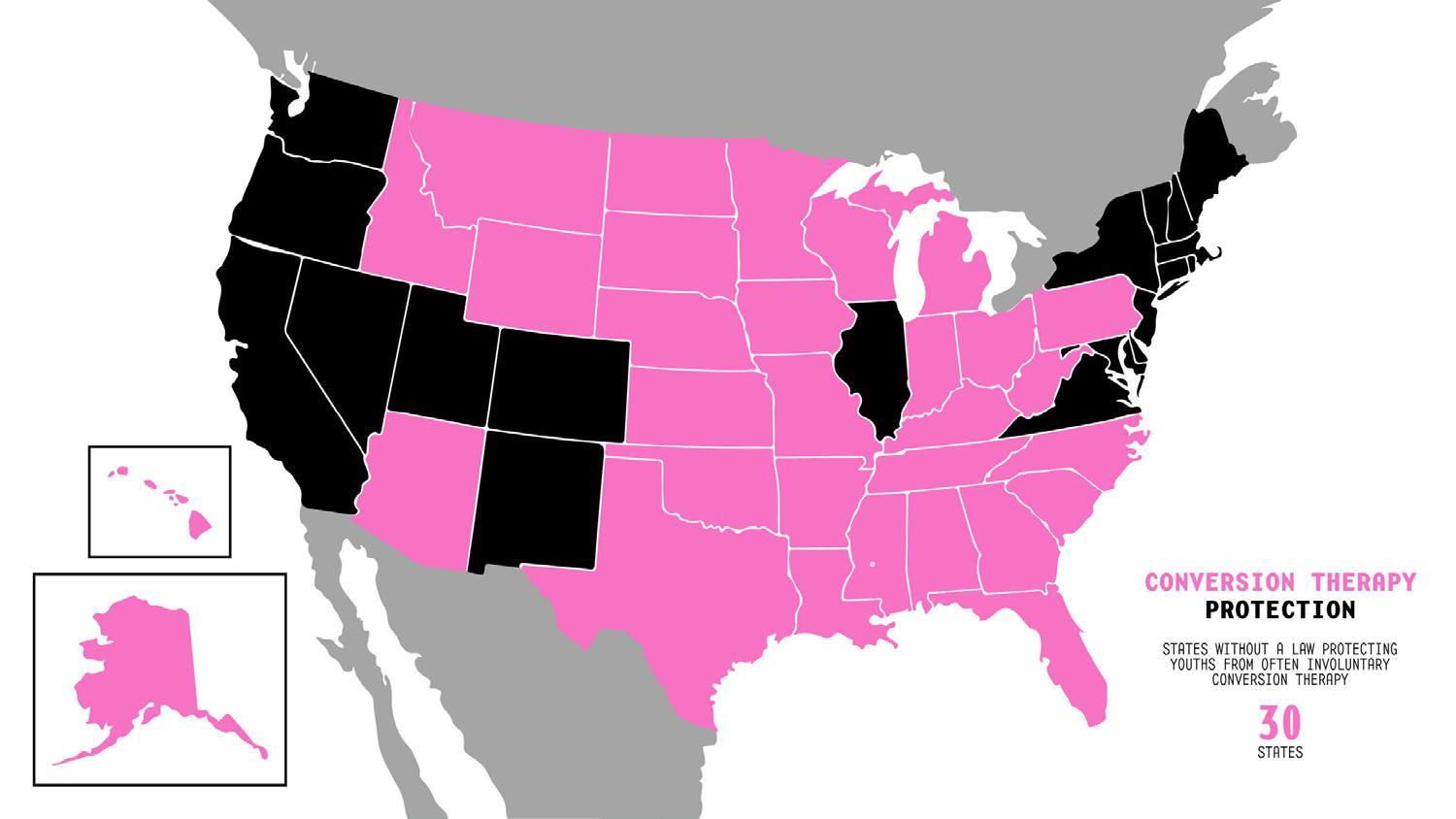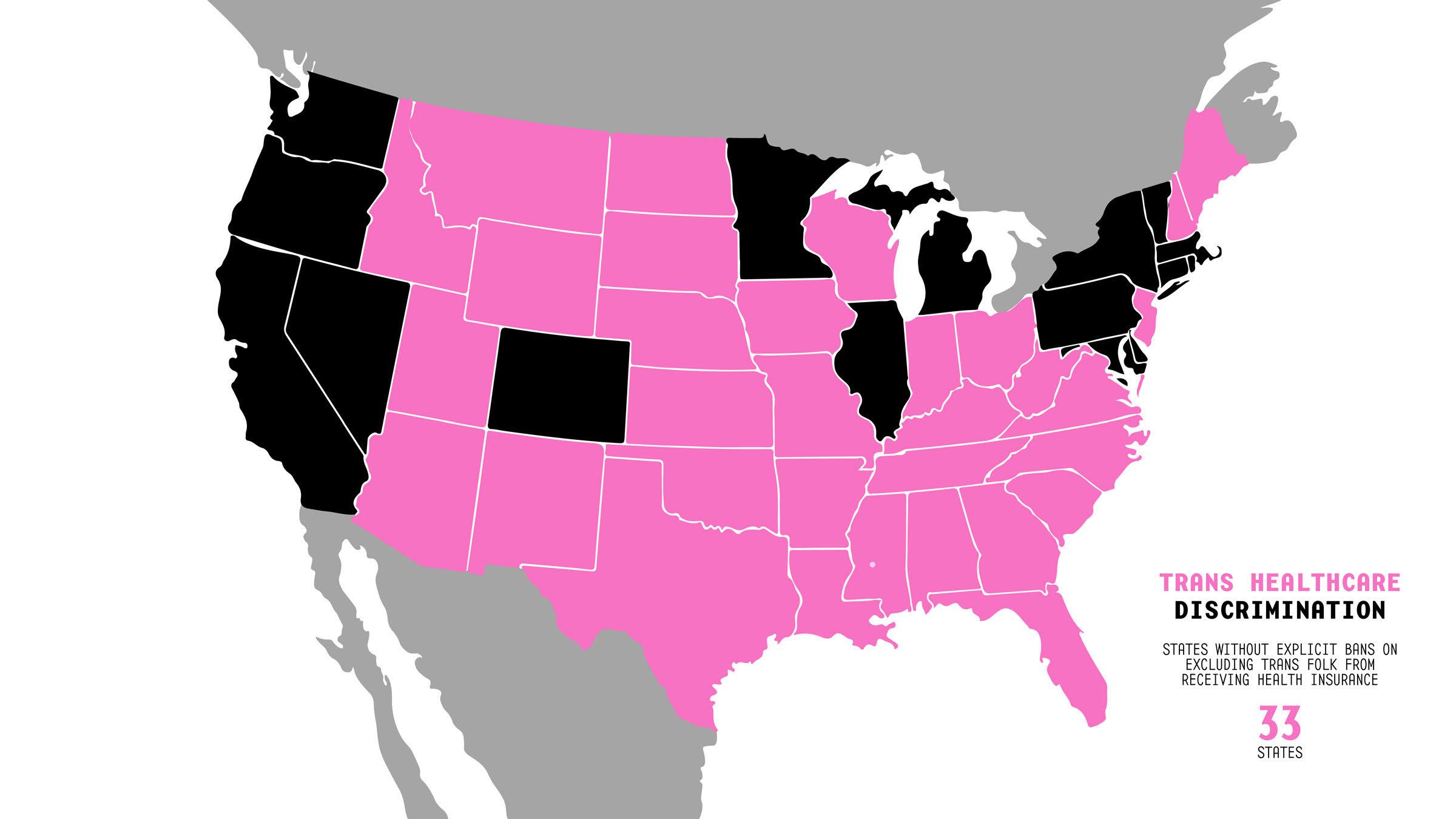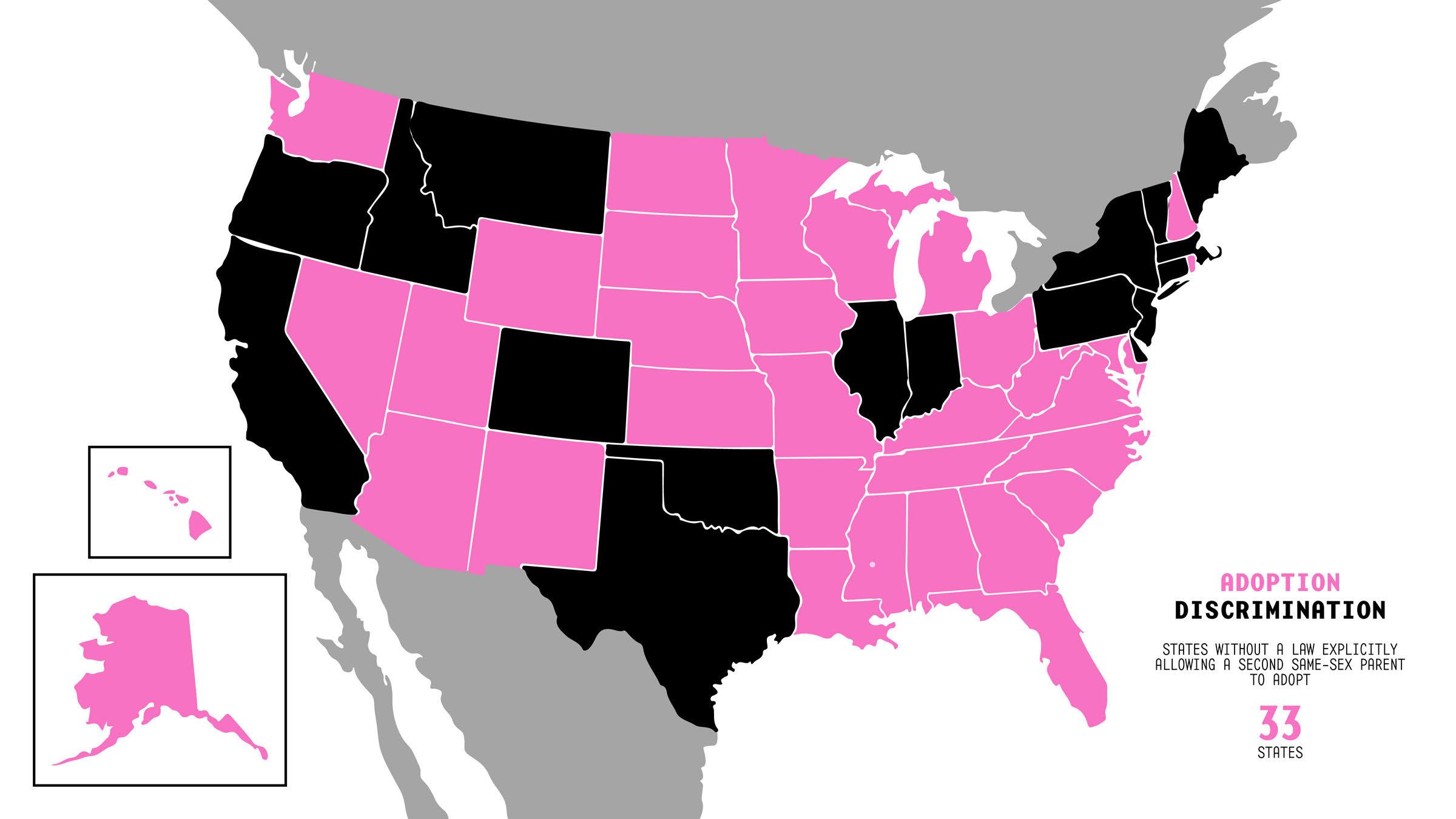
2 minute read
a shimmering
Kate Thomas, Historian and Professor of Literature at Bryn Mawr College, gave a virtual lecture entitled “Lesbian Arcadia” at the Harvard GSD on February 18, 2021. I feel it is a necessity to call out a particular quote that I kept coming back to, most especially as I navigated the representational explorations of the project:
“...material things are not inert, but instead have shimmer and spark...shimmer is a word that means the play between shadow and illumination, light that is flickering[...] or tremulous, capable of casting new forms and relations. A garden is not made, but is instead always becoming. It is in flickering motion between hard and soft surfaces, built and planted elements that are all always in states of growth and decay. Some elements of the garden will last for centuries and others for less than a season.”
Advertisement
Before I had the chance to hear that lecture, I began exploring representationally what a slippage of color, light, and cast shadow might begin to look like. I made the image at right early in the design semester, before a schematic emerged, and kept finding its energy hidden throughout my progress.
The basis for the image came from an interest in movement, both in cinematics and sound. I spatialized the bombastic sounds of SOPHIE, a trailblazing musician and producer, and extrapolated geometries from the enigmatic “shimmer” from the film Annihilation. What I found, or kept finding, was meaning in the dimensions and shimmerings of space and their potential relations to identity. he notion of “shimmers” is further explored in the Master of Urban Design thesis project, “A Queer Hinterlands.” (2022)

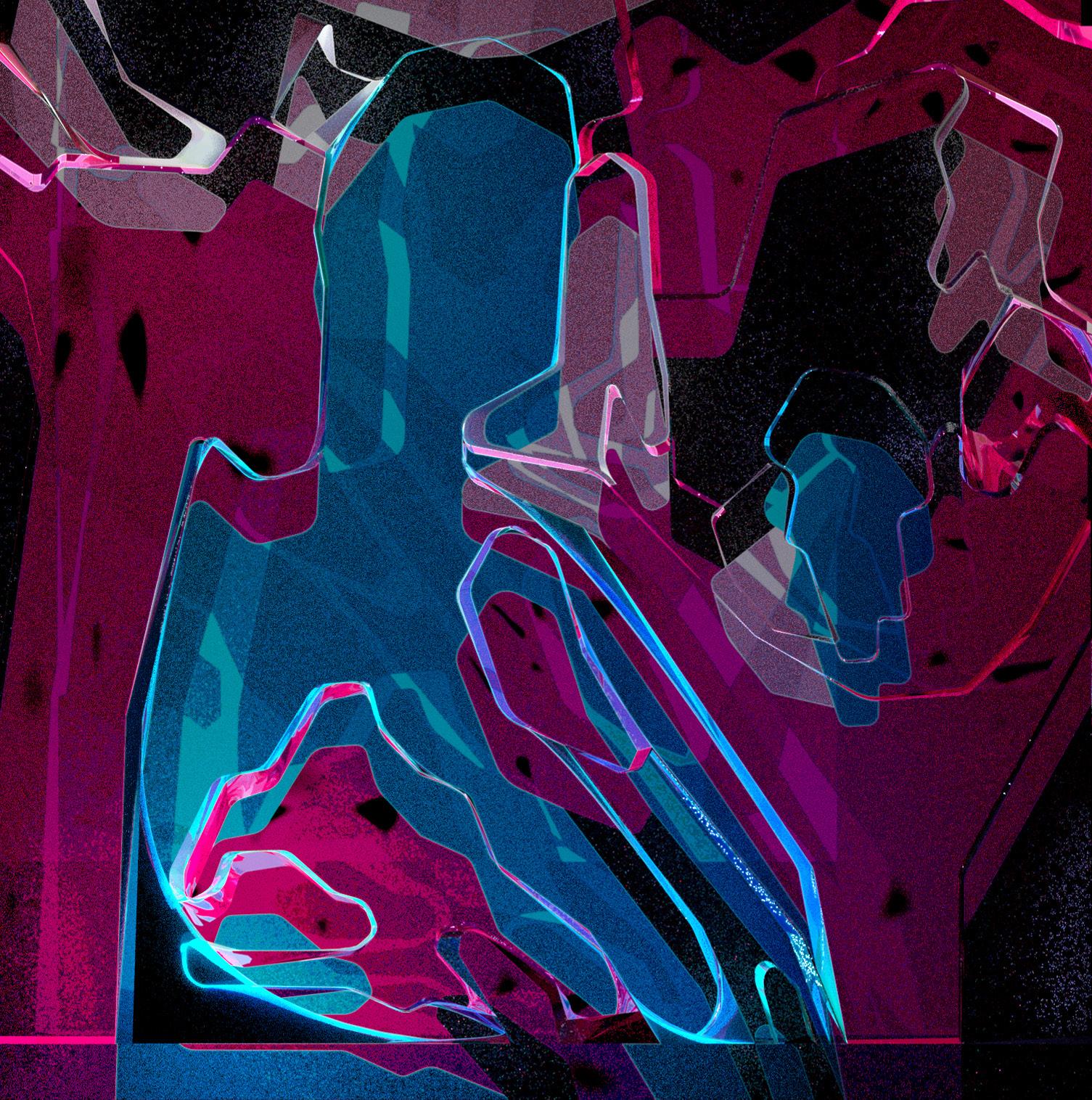
As the thesis questions and stances formed in parallel, I turned my energies to siting: where do these complexities exist currently, and how might I begin connecting my perspective as a designer to my emerging design obsessions? Urban division became the impetus for site investigation: where do instances of socioeconomic segregation exist, and how are they mirrored in urban forms and metaphysical divides? How is a binary spatialized?
Sao Paulo, Brazil, and their informal irregularities sprawling against proximal wealth; , and their intersectional injustices of race, capital, sociology, development and “the American dream;” the Bible Belt states in the Southern US and their legislative outliers stemming directly from socio-evangelical conservatism. As I began designing in Missouri, I found inspiration in a site situated directly against a large Basilica. My interests in queering design were most energetic here, but I realized the quantitative issue may not be most prevalent, or
Naturally, I turned to my hometown in Texas, where small town life was not a welcome place for queer folks and other minorities. I began an investigation terminology of “queer” as a diversion from the more conceptual strategyforming basis I had so far been investigating, and found new ground in the hauntingly familiar.
Though part of my thesis aims to critique the static linearity of normative maps, and the repercussions of their considerations, I will begin with a standard quantitative mapping of the US under the lens of LGBTQ rights and protections, specifically situated in the larger “site” of the bible belt.
Though the lines are clear here, the gradients of queer intolerance are not so distinct.


